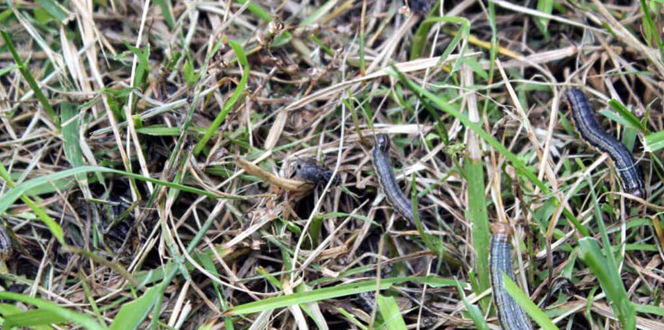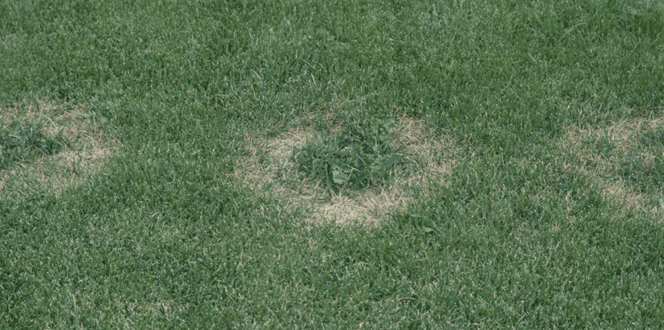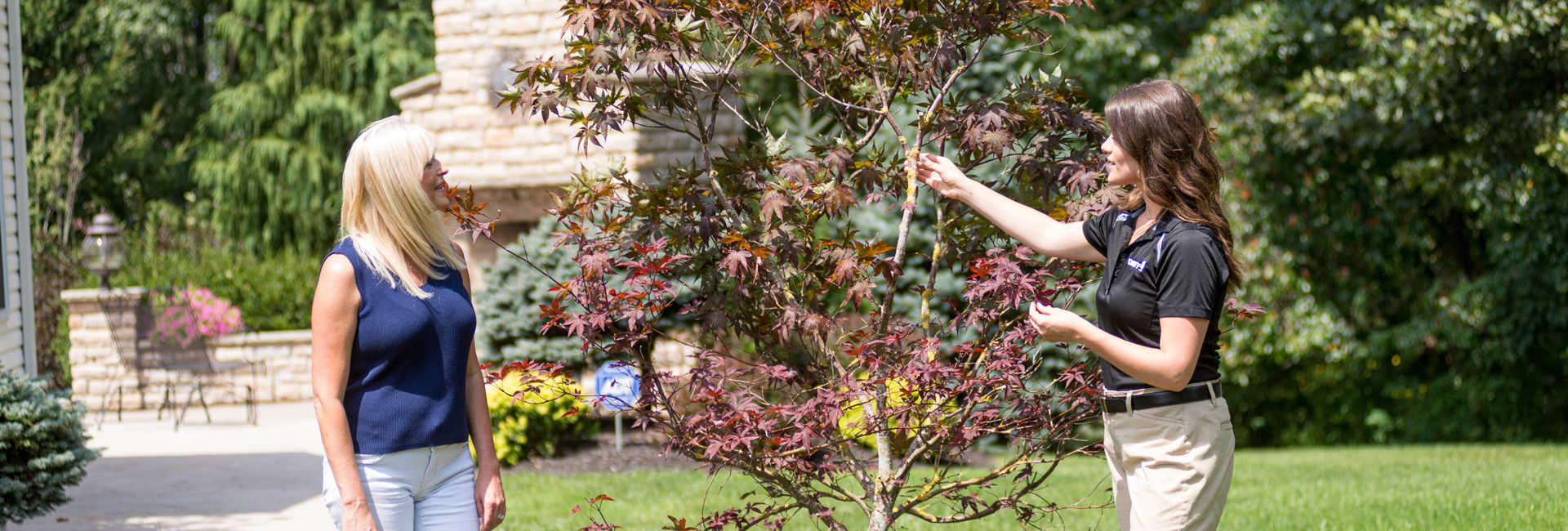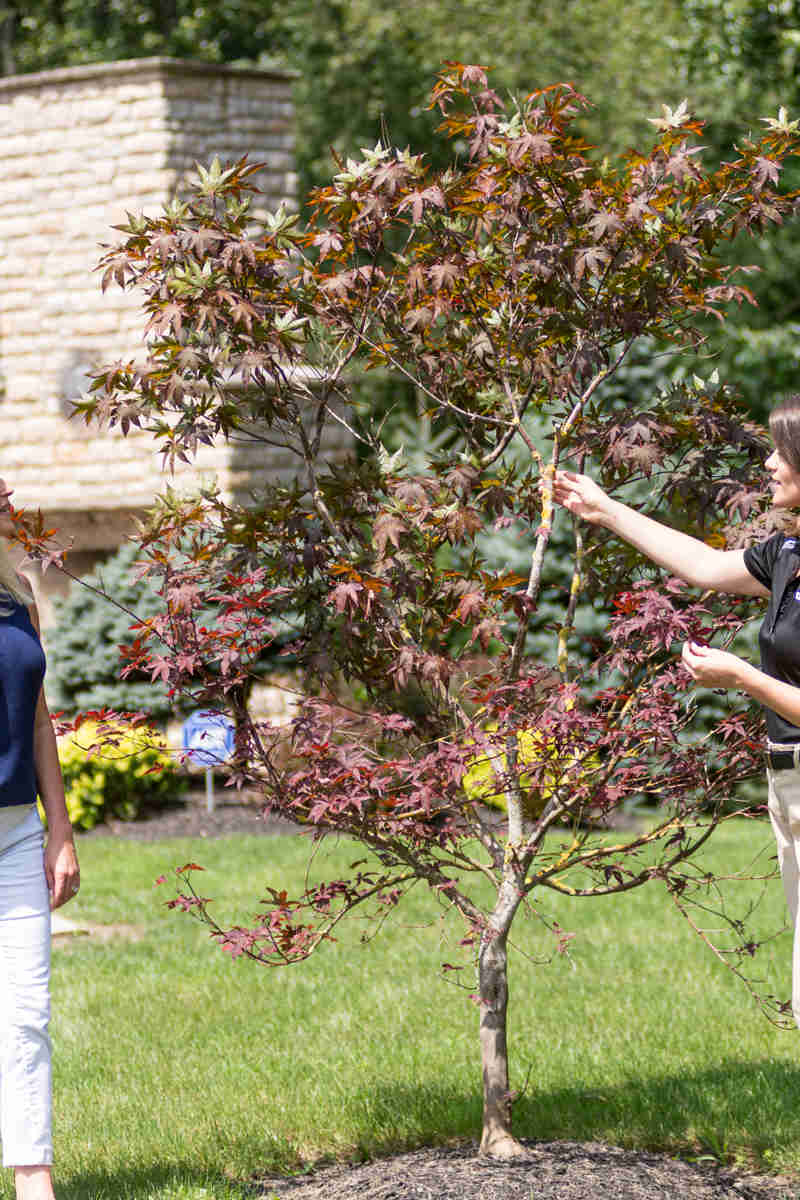Pythium Blight Description:
Pythium blight is a destructive lawn disease that causes small, light brown, matted spots on grass.
Hosts:
Pythium blight can affect all warm and cool-season turfgrass types. Cool-season grasses— such as bentgrass, fescue or ryegrass—tend to be more susceptible.
What Causes Pythium Blight?
The disease develops during warm, wet weather periods, typically between July and September. The fungus appears suddenly after a period of heavy rain. Affected lawns develop brown, matted spots. The spots first appear as dark, greasy, or water-soaked patches with black borders. Then, the diseased area is covered in white, fluffy fungal growth that looks like cotton. Pythium blight develops more rapidly when nitrogen levels are high. Unlike some other turf diseases, infected plants usually die from pythium blight.
Disease Management:
Maintaining a healthy lawn will help reduce the potential and severity of pythium blight. You should remove some clippings from grass after mowing; however, leaving a half-inch layer of clippings won’t hurt the lawn. This disease is favored by a layer of dead grass that sits on top of healthy blades and blocks the flow of air and water to grass roots. To help control thatch buildup, avoid mowing when turf is wet, as this can create thick, clumpy clippings. Ensure the lawn is dry before evening by watering early in the morning. Poor soil drainage and unbalanced soil pH also influence the spread of pythium blight. Both affect the flow of water and nutrients throughout lawn soil. Talk to a landscape professional about steps you can take to improve soil conditions and reduce compaction.
*Photo credit - Lee Miller, University of Missouri, Bugwood.org (first photo)
*Photo credit - Ward Upham, Kansas State University, Bugwood.org (second photo)





